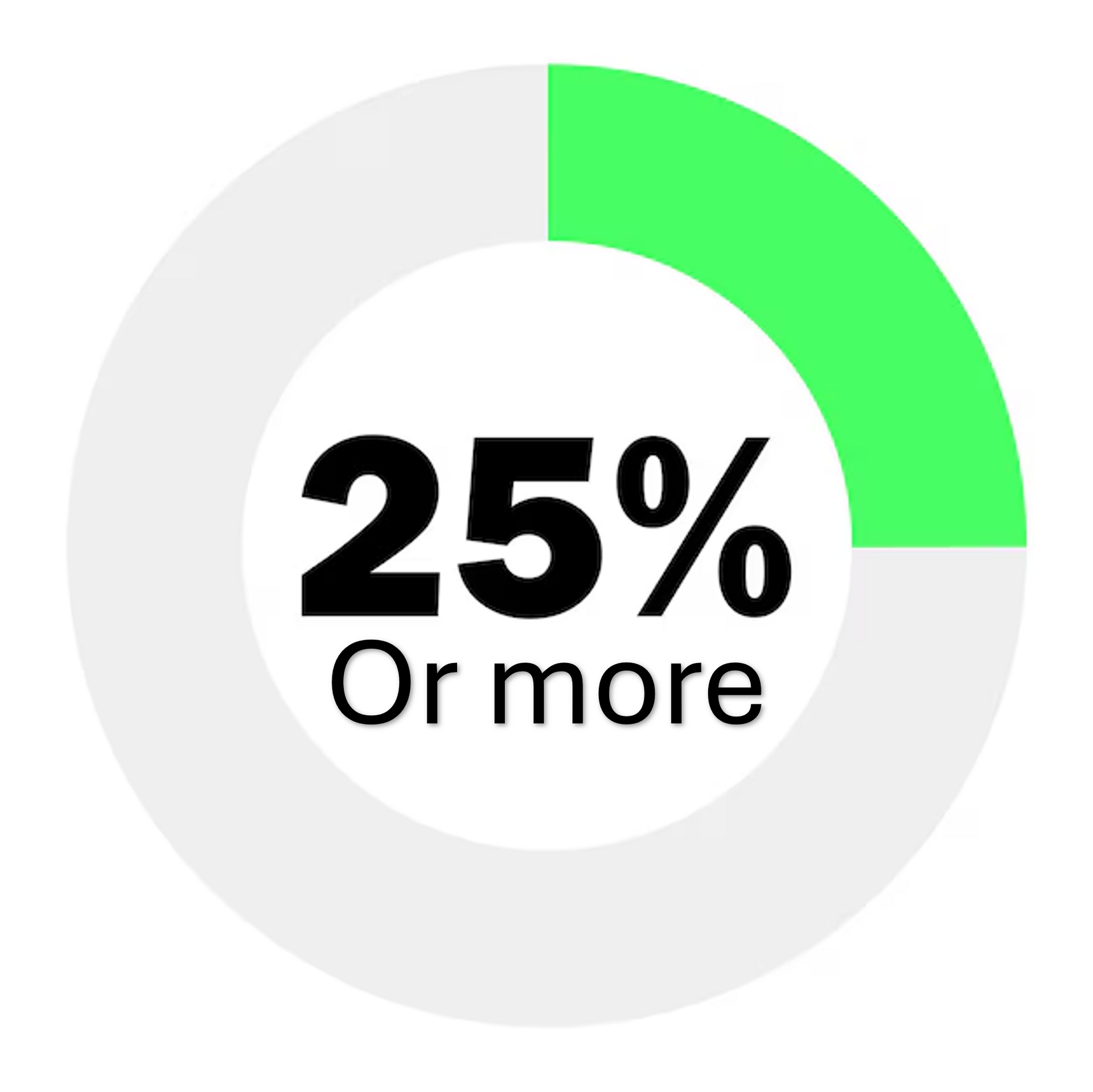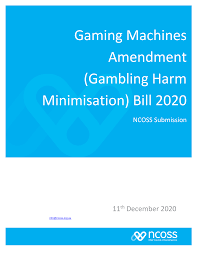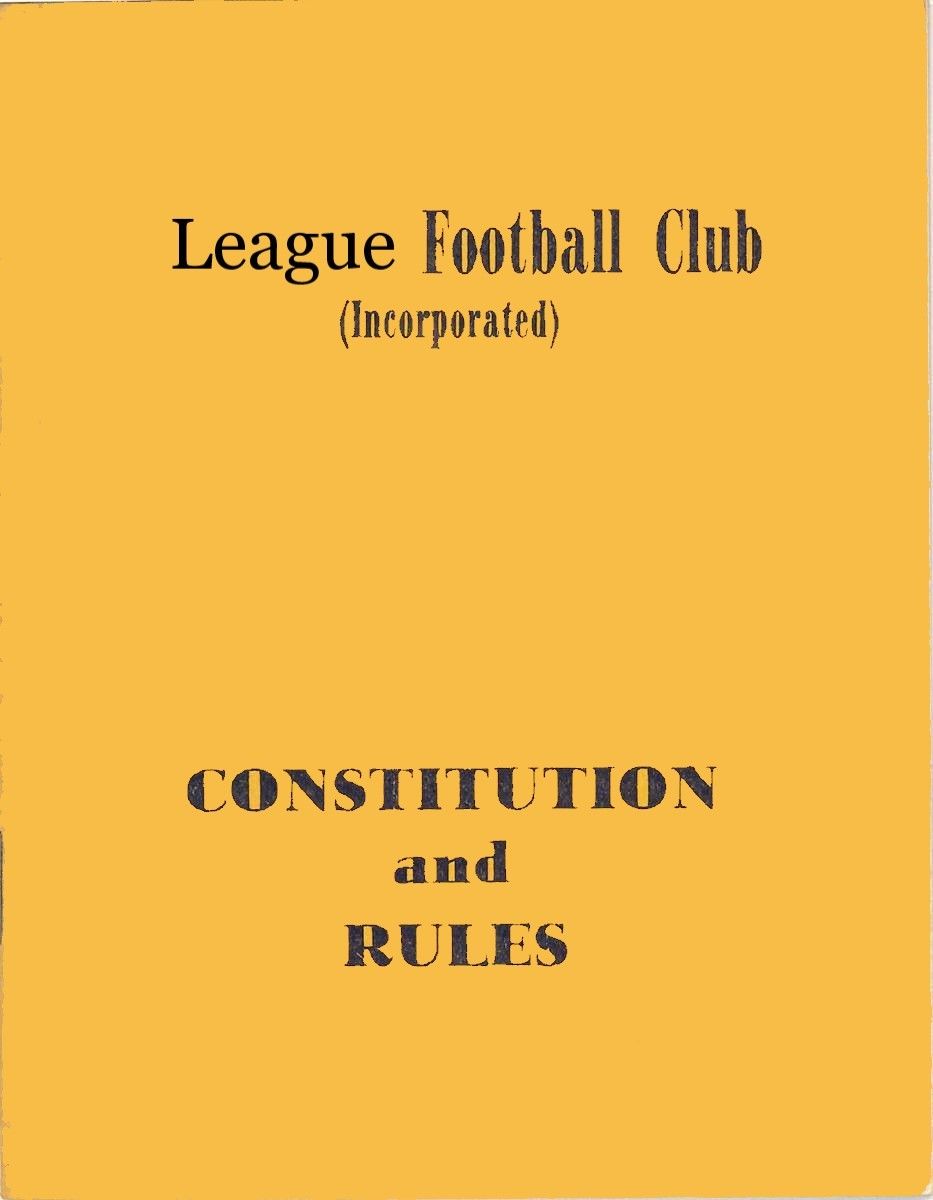The Membership Challenge
Many clubs are suffering challenges with their membership
Many clubs are suffering challenges with their membership, and one issue may potentially blind-side the club and it’s constitution. Many clubs are struggling to find new members in the younger generations, but more importantly many clubs no longer have the critical mass of the ‘core members’ required to continue to hold control of the club and it’s future.
I have often mentioned the evolution of clubs from virtually 100 percent membership of core members – golfers, bowlers, footballers and returned servicemen and women – to clubs with mostly social members and a diminishing number of core members. For example, one large RSL club now has over 50,000 members and less than 300 Sub-Branch members and many bowling clubs, only have a handful of fully financial playing bowlers.
Yet many a club is still governed by a constitution the keeps the control of the club in the hands of the core members. This is fine given the history of the club is it was formed to promote the objects suited to that group – welfare of returned servicemen and women, or promote bowls, golf, football, tennis or sailing. However, as time has passed, all the successful clubs have grown through adjusting their focus to meet the needs of their local community. In most instances, sadly, those clubs that have focussed on the core function, to the point of ignoring the wider community needs, have been the ones who eventually need to amalgamate with a larger partner to survive, or indeed have liquidated and closed.
This is often a tragedy for the community who rely on the club to be the focal point for socialising, entertaining and exercising, and in turn providing support to the local community groups. The reality is the clubs that thrive are the ones who focus on providing what their community wants, but still enshrines the core objects of supporting the ‘Core Function’ of the club.
The Membership Conundrum
What happens when your core membership category, the one which founded the club and its objects falls to a virtual minority share of membership? The Registered Clubs Act 1976 provides the answer here in Clause 30 Section 9(a) and advises that a class or classes of membership must comprise or be no less than 25 percent of the full membership. This means, if your constitution says only Sub-Branch members, or full playing Bowling members can stand for the board, unless that class of member constitutes at least 25 percent of the club membership, then that rule is effectively null and void.

Similarly, if the constitution says only this specific membership class can vote on changing the constitution, it no longer applies if your membership class is no longer at least 25 percent of the membership.
Every year your annual report lists the total membership and often, in the case of bowling, golf, RSL and Tennis clubs, the core membership category will be identified specifically, so you will know if that core group still comprises at least 25 percent or more of your membership.
OMG I hear you scream – that is no longer the case for our club, so what are the implications going forward?
Unless you have already addressed this situation in your constitution, all fully financial members of the club are now able to stand for election to the board, or vote on constitutional change, provided they meet any other criteria stipulated in your constitution e.g. length of membership limits (must be a member for at least one (1), two (2) or three [3] years). Additionally, in reality where this may have occurred, directors appointed to the club, who sit on the board and may not be core members or social members of three years standing, can vote too.
The 25 percent rule I can only surmise, was written to ensure a very small percentage of members in any class could not control (read take over) the operations and focus of the club. Some sporting clubs are no longer made up mainly of players, but may still retain the tax exemptions due to their ongoing funding and support of community based sporting teams, who are now the focus of the club’s objects.
Membership Review
Is now the time to review your membership composition and then your constitution? The reality today is many core member groups no longer have the control of the club they thought they had, just by token of diminished size of their membership category.
Even without reviewing the constitution of your club, because the legislation (i.e. the Registered Clubs Act 1976) takes priority over your constitution, you can open up the voting on boards and constitutional change (if needed) to the greater percentage of your club members.
Membership classes without voting rights may get those rights by default, if the class or classes with voting rights no longer constitute the required 25 percent. All clubs will need to keep an eye on their membership numbers if they choose to remove the necessity for membership, previously mandated for people living within five (5) kilometres of the club. Now that this rule and the need to charge for membership have been scrapped, there is still a compelling case to make for membership of the club, to access the member discounts on offer.
In the face of years of ongoing argument about mandatory memberships for clubs, many pubs introduced ‘Member Club’ style membership to offer member discounts, benefits and special events, tying regular patrons into their pub, psychologically.
What range of membership categories does your club offer and what benefits do those categories offer? Another part of the ongoing membership challenge is attracting and retaining members, especially those between 18 and 40 years of age. Many of that age bracket ‘socialise’ over the internet via gaming, Instagram, Tik-Tok and various forms of Facetime video calls. Face to face gatherings are often an unknown, until those younger groups reach the point of becoming a family, where the dynamic changes significantly and personal interactions becomes a much higher priority. There is a strong trend for the younger demographics to frequent ‘experience’ based venues, like racetracks or fun venues that offer socially competitive activities, like Axe Throwing, Mini Golf or even cooking classes.
How are you planning to manage and grow your membership? For more information or assistance in navigating the membership challenge, contact Ron Browne, Managing Partner 0414 633 423 or ron@extrapreneurservices.com.au











